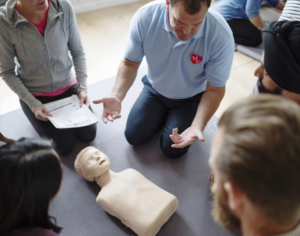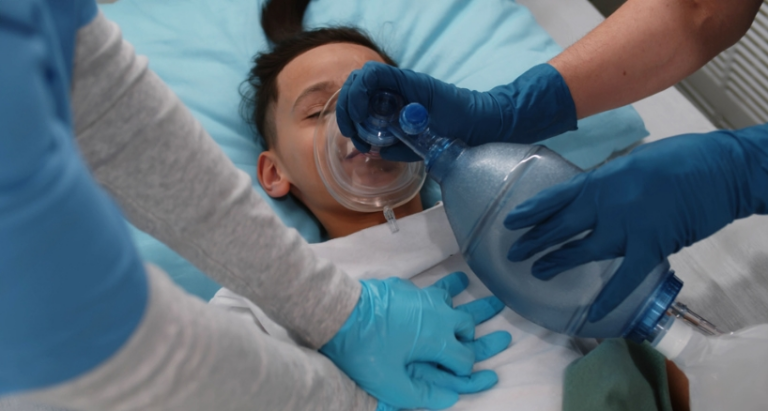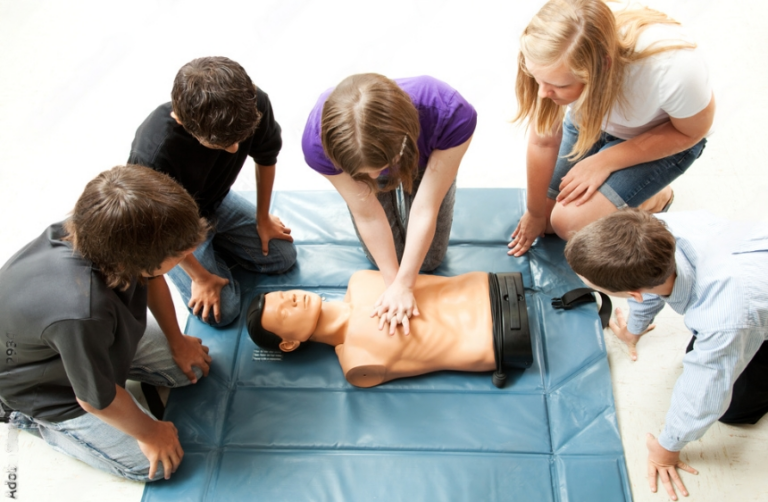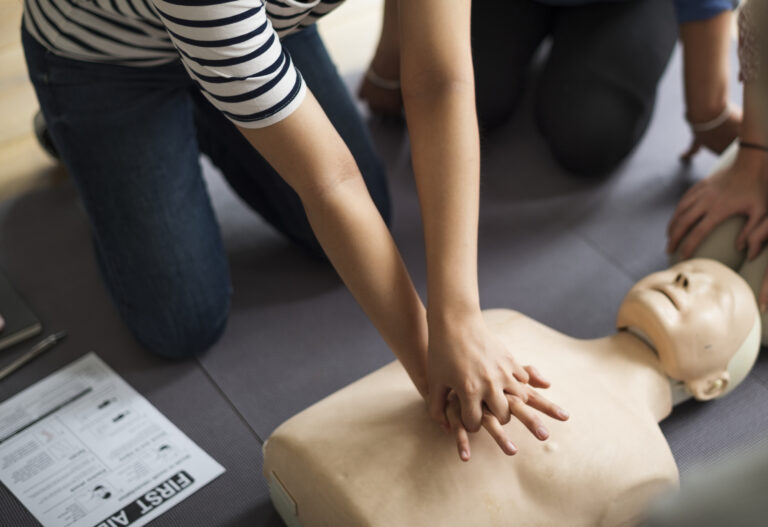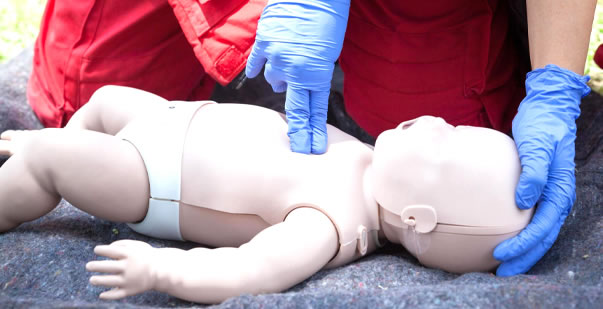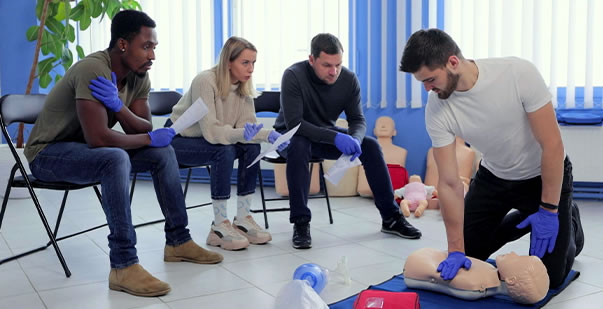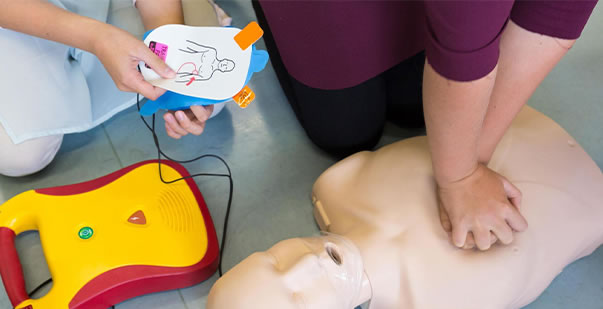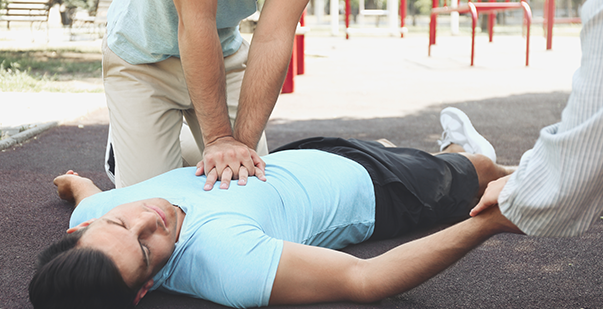Lay responders are the first witnesses to a medical emergency. They can take prompt action if they are trained in CPR and first aid basics. It can save the life of a victim of sudden cardiac arrest. For this, lay responders must correctly identify the symptoms of sudden cardiac arrest and administer CPR in both public and private settings. It increases the rate of survival from sudden cardiac arrest. The same is only possible when they enroll in CPR training for laymen at their pace.
Who is a lay rescuer or responder?
A lay rescuer or responder is a person who has not received formal training to provide a higher level of urgent medical care. When a lay responder begins immediate CPR on a victim of a sudden cardiac arrest, their chances of survival double or triple. Therefore, CPR training for laymen is a prerequisite for any medical professional.
Can lay responders provide CPR?
The revival of people, who suffer cardiac arrest outside of a hospital, is the responsibility of bystanders or lay responders. They should be able to:
- Recognize a cardiac arrest
- Call 911
- Perform CPR
- Use an automated external defibrillator
The question arises – can you get sued for performing CPR? There are Good Samaritan laws that help protect lay responders who help the victims and perform CPR to keep them alive till medical help arrives. However, training yourself in CPR will prepare you to give immediate attention. You will also be able to face emergencies with confidence. People who are not medical professionals but want or require basic or entry-level training can opt for a basic CPR certification. The CPR certification course from CPR Care Near Me covers the following:
- How to give victims breaths and perform CPR.
- How to use an automated external defibrillator (AED) to shock the heart if necessary.
If your work or family commitments keep you busy, you can also opt for CPR classes online.
Advantages of CPR Training for Laymen Responders
Thousands of accidents occur each year. They include cuts, scratches, burns, bites, falls, etc.. Trained lay rescuers could provide first aid until a first responder arrives. Training in first aid basics can help deal with such situations. In this article, we bring information focused on cardiac arrests, which are undoubtedly the most life-threatening. In the workplace, it’s imperative to provide a safe work environment for the employees. Hence, organizations should invest in CPR and first aid training for their employees. There are many advantages to providing CPR training to groups or multiple responders.
- Knowing how to operate an automated external defibrillator (AED) and administer CPR is the difference between life and death in a medical emergency. It is an asset for an organization when someone at the workplace can administer CPR or use an AED. A cardiac arrest patient can be kept alive until professional medical help comes to the scene.
- One of the most noticeable advantages of first aid and CPR training is fewer workplace accidents. Employees who receive first aid training become more safety-conscious.
- Employees who have received training in CPR and AED gain life skills. They are beneficial no matter where they are and what situation they find themselves in.
- An organization can show its concern for the welfare of its staff by offering first aid and CPR training to staff. Being proactive about workplace safety can benefit the firm and make the staff feel valued.
- The likelihood of saving a life increases dramatically if CPR is administered as soon as a victim suffers cardiac arrest. The damage to the body is also significantly reduced. But, it is possible only if there is a CPR-trained staff member nearby.
Conclusion
The community benefits greatly if more and more people learn how to conduct CPR. If lay responders administer CPR before the arrival of EMS, it improves cardiac arrest survival rates. Register today for a CPR certification online by finding the most reliable and nationally accredited course provider at CPR Care Near Me and be a responsible citizen.






